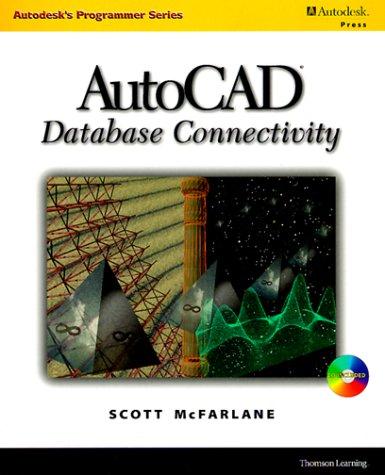Answered step by step
Verified Expert Solution
Question
1 Approved Answer
MPI Lab 4 Solve Parallel Sum by divide-and-conquer Description: Assume there are 16 processing nodes and there are 992 numbers to be added. Each processing


Step by Step Solution
There are 3 Steps involved in it
Step: 1

Get Instant Access to Expert-Tailored Solutions
See step-by-step solutions with expert insights and AI powered tools for academic success
Step: 2

Step: 3

Ace Your Homework with AI
Get the answers you need in no time with our AI-driven, step-by-step assistance
Get Started


